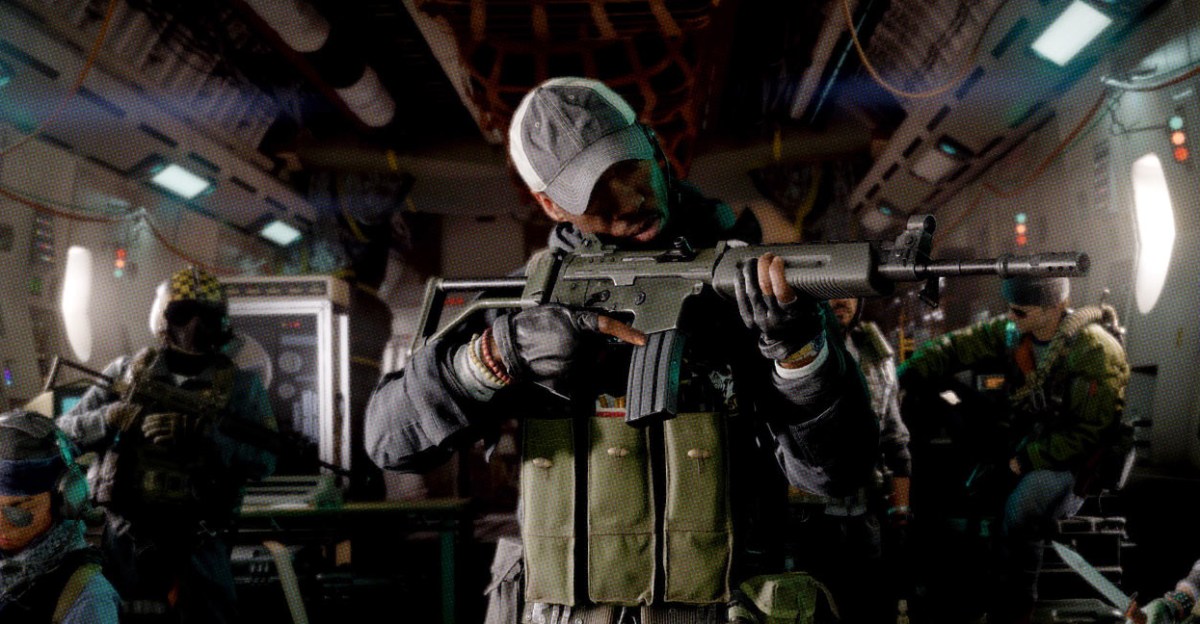Call of Duty: Black Ops Cold War cost $700 million to make

According to the lawsuit published in December, as first reported by Game File and reviewed by Polygon, the three Call of Duty games released between 2015 and 2020 cost a total of nearly $2 billion. The documents were filed as part of an ongoing 2024 lawsuit against Activision Blizzard, in which families of victims killed and injured in the school shooting in Uvalde, Texas, are suing the company for marketing guns to children. Meta, an Instagram parent, was also named in the lawsuit.
A document detailing these expenses was filed on December 23, 2024, on behalf of Call of Duty creative director Patrick Kelly in support of Activision’s attempt to have the lawsuit dismissed. Kelly’s statements explain the games and their development in great detail. And a big, previously unreported part of this development is cost. The notoriously secretive video game industry rarely reveals such information; the public glimpses this, for example, when a miscarriage of justice revealed that The Last of Us Part 2 cost $220 million to create, or when hacked documents were discovered published online Spider-Man 2 The development cost $300 million.
According to Kelly, making Call of Duty games costs even more: Call of Duty: Black Ops 3 (2015), which took three years to develop, cost $450 million in “life-cycle development costs” and sold 43 million copies. Call of Duty: Modern Warfare (2019), which was in development for “several years”, cost over $640 million over the game’s lifetime and sold 41 million copies. Black Ops Cold War (2020), also in development for years, cost $700 million over its lifespan and sold 30 million copies.
Activision doesn’t seem to have suffered from Call of Duty’s massive budgets. The company reported net revenue of $8.8 billion in 2021, up from $8.09 billion in 2020. Net gaming bookings—primarily the “net amount of downloadable content and microtransactions sold during the period,” according to Activision—were $5.1 billion or more. than $4.85 billion in 2020. However, sales are declining as budgets for each game increase, as evidenced by the numbers Kelly shared. The document doesn’t offer any details about Activision’s newest Call of Duty games – Kelly spends the most words on Modern warfarebut also speaks with Call of Duty: Warzone, Black Ops Cold War, Black Opera 3And Call of Duty: Mobile version.
Kelly doesn’t specify what costs are covered, although the notes for each say the price tag covers “development costs over the life cycle of the game,” suggesting that these are costs accrued even after the game is first released. This likely includes staff salaries, technology and engine costs, server infrastructure, third-party art services, ongoing game updates—and more. Many of these processes are described in the document, such as the creation of works of art; others are standard parts of game development. Development budgets typically don’t include game marketing, but Kelly doesn’t say if that applies to Call of Duty figures.
The full document, which Polygon published below, goes into detail about each of the three games listed and goes deeper into each game’s themes and storylines. The document is essentially a review of several Call of Duty games; it is a way of informing the court of specific details that may be relevant to the case, whether it is a conspiracy or the creation of assets. Simply put, it’s designed to define exactly what Call of Duty games are, what parts they’re made of, and how they’re made.
It covers periods of game development, including details of military influence, location reconnaissance, motion capture, and art creation. For 2019 Modern warfareFor example, Kelly describes a process in which former Navy SEALs were hired to consult on the game; these people “trained actors, animators, and designers on how Special Forces soldiers would physically navigate the game’s missions.” Some Navy SEALs also performed on motion capture sets.
Kelly also spoke about the role of the art department in creating all parts of the game, including weapons – according to him, no weapons manufacturer is involved in this process.
Here’s what Kelly has to say about the process, going into detail about the game’s small and large details:
The environment team designs every element of the scenery – from war-torn buildings to scattered leaflets – on a multiplayer map or campaign mission. Environment artists create additional details that add nuance to the storyline. For example, artists create product logos, fictional advertisements, posters, and body art throughout the game to add another layer of authenticity and dimension to the game’s fictional setting. No detail is too small: even soda cans and beer bottles have their own original label designs.
To create an authentic on-screen world and convey a cinematic experience, the art departments used cutting-edge technology. For the first time in the franchise, Modern Warfare used photogrammetry, a technique first used in feature films such as The Matrix and Quantum of Solace, setting a new high standard for graphics. Photogrammetry uses photographs to make comparative and precise measurements of objects, which are then used to build highly detailed 3D models. This technique provides Call of Duty art teams with a wealth of visual data to use in their projects, from a life-size war machine to the last blade of grass in the environment. The team used photogrammetry, for example, to create the campaign mission and multiplayer map of Piccadilly Circus, a real-life location in London that the artists scanned inch by inch. An image from the map of Piccadilly Circus is shown below. Modern Warfare also integrates real-time ray tracing into its visuals, which simulates scene lighting and thus provides more physically accurate graphics. Using these techniques, teams of artists painstakingly stitch together each scene until the scenes achieve the desired level of detail and realism.
Read the entire document below.

